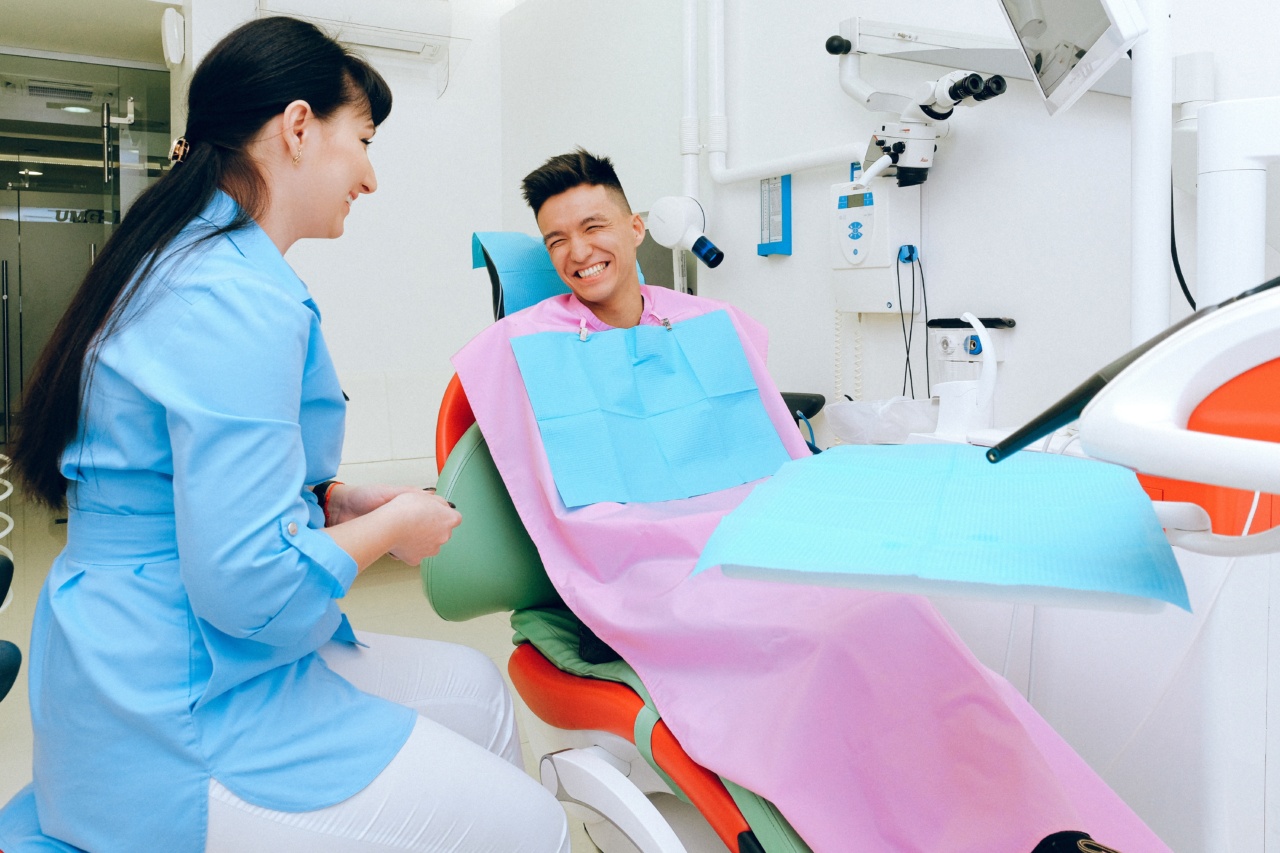Dysmenorrhea is a medical term that refers to painful menstrual periods. It affects millions of women worldwide, making it one of the most common gynecological complaints.
In this article, we will explore what dysmenorrhea is, its types, causes, symptoms, and available treatment options. We have consulted two expert doctors to provide you with accurate and insightful information.
What is Dysmenorrhea?
Dysmenorrhea is characterized by intense pelvic pain and cramping that occurs before or during menstruation. It is often accompanied by other symptoms such as backache, nausea, vomiting, headaches, and fatigue.
While mild discomfort during menstruation is normal, dysmenorrhea involves severe pain that can significantly interfere with a woman’s daily activities.
Types of Dysmenorrhea
There are two primary types of dysmenorrhea:.
1. Primary Dysmenorrhea
Primary dysmenorrhea is the most common type and occurs in the absence of any underlying pelvic pathology. It typically starts within a year or two of a woman’s first menstrual period.
The pain is caused by the release of prostaglandins, hormones that promote uterine contractions to facilitate the shedding of the endometrial lining.
2. Secondary Dysmenorrhea
Secondary dysmenorrhea refers to menstrual pain that is caused by an underlying pelvic condition, such as endometriosis, uterine fibroids, pelvic inflammatory disease, or adenomyosis.
Unlike primary dysmenorrhea, which usually starts during adolescence, secondary dysmenorrhea can develop at any age and tends to worsen with time.
Causes of Dysmenorrhea
The causes of dysmenorrhea can vary depending on the type. Here are some common causes:.
1. Primary Dysmenorrhea Causes:
– Prostaglandins: The release of prostaglandins during menstruation triggers excessive uterine contractions, leading to pain and cramps.
– Ovarian Dysfunction: Hormonal imbalances and irregularities in ovulation can contribute to primary dysmenorrhea.
2. Secondary Dysmenorrhea Causes:
– Endometriosis: The presence of endometrial tissue outside the uterus can cause severe pain and inflammation during menstruation.
– Uterine Fibroids: Noncancerous growths in the uterus can cause increased menstrual pain and heavy bleeding.
– Pelvic Inflammatory Disease: Infections of the reproductive organs can lead to secondary dysmenorrhea.
– Adenomyosis: When the endometrial tissue grows into the muscular wall of the uterus, it can cause intense pelvic pain during menstruation.
Symptoms of Dysmenorrhea
The symptoms of dysmenorrhea can vary in severity but often include:.
1. Primary Dysmenorrhea Symptoms:
– Intense cramping pain in the lower abdomen.
– Backache.
– Headaches or migraines.
– Nausea and vomiting.
– Diarrhea or constipation.
2. Secondary Dysmenorrhea Symptoms:
– Severe pelvic pain that may radiate to the lower back and thighs.
– Heavy or irregular menstrual bleeding.
– Painful intercourse.
– Chronic fatigue.
– Difficulty conceiving (in some cases).
Treatment Options for Dysmenorrhea
The treatment of dysmenorrhea aims to alleviate pain, reduce inflammation, and improve overall quality of life. Here are some commonly recommended treatment options:.
1. Lifestyle Modifications:
– Applying heat to the lower abdomen to relieve cramps.
– Regular exercise, which can help reduce pain and improve mood.
– A healthy diet that includes foods rich in Omega-3 fatty acids, antioxidants, and anti-inflammatory properties.
– Stress reduction techniques, such as yoga and meditation.
2. Pain Medications:
– Nonsteroidal Anti-Inflammatory Drugs (NSAIDs): Over-the-counter NSAIDs like ibuprofen or naproxen can effectively relieve pain and reduce inflammation.
– Hormonal Contraceptives: Birth control pills, patches, or hormonal IUDs can help regulate hormones, decrease prostaglandin production, and lessen menstrual pain.
3. Alternative Therapies:
– Acupuncture: This traditional Chinese therapy involves inserting thin needles into specific points on the body to alleviate pain and promote relaxation.
– Herbal Supplements: Some herbal supplements like ginger, turmeric, and chasteberry have shown promise in reducing menstrual pain, but more research is needed.
– Transcutaneous Electrical Nerve Stimulation (TENS): TENS units deliver low-voltage electrical currents to the body, blocking pain signals and providing relief.
Seeking Medical Advice
If your menstrual pain is severe, significantly affecting your quality of life, or accompanied by unusual symptoms, it is vital to consult a healthcare professional.
They can properly diagnose the cause of your dysmenorrhea and recommend the most appropriate treatment plan for your specific needs.
Expert Advice: Insights from Two Doctors
To provide you with a comprehensive understanding of dysmenorrhea, we consulted two expert doctors in the field. Here’s what they had to say:.
Dr. Sarah Thompson, Gynecologist:
“Dysmenorrhea is a common condition that affects many women. It is essential to differentiate between primary and secondary dysmenorrhea to determine the underlying causes.
If the pain is severe or there are other concerning symptoms present, seeking medical advice is crucial.”.
Dr. Mark Roberts, Pain Management Specialist:
“Managing dysmenorrhea pain often involves a multimodal approach. In addition to pain medications, techniques like heat therapy, exercise, and relaxation techniques can provide significant relief.
It’s important to tailor the treatment plan to each individual patient.”.




























